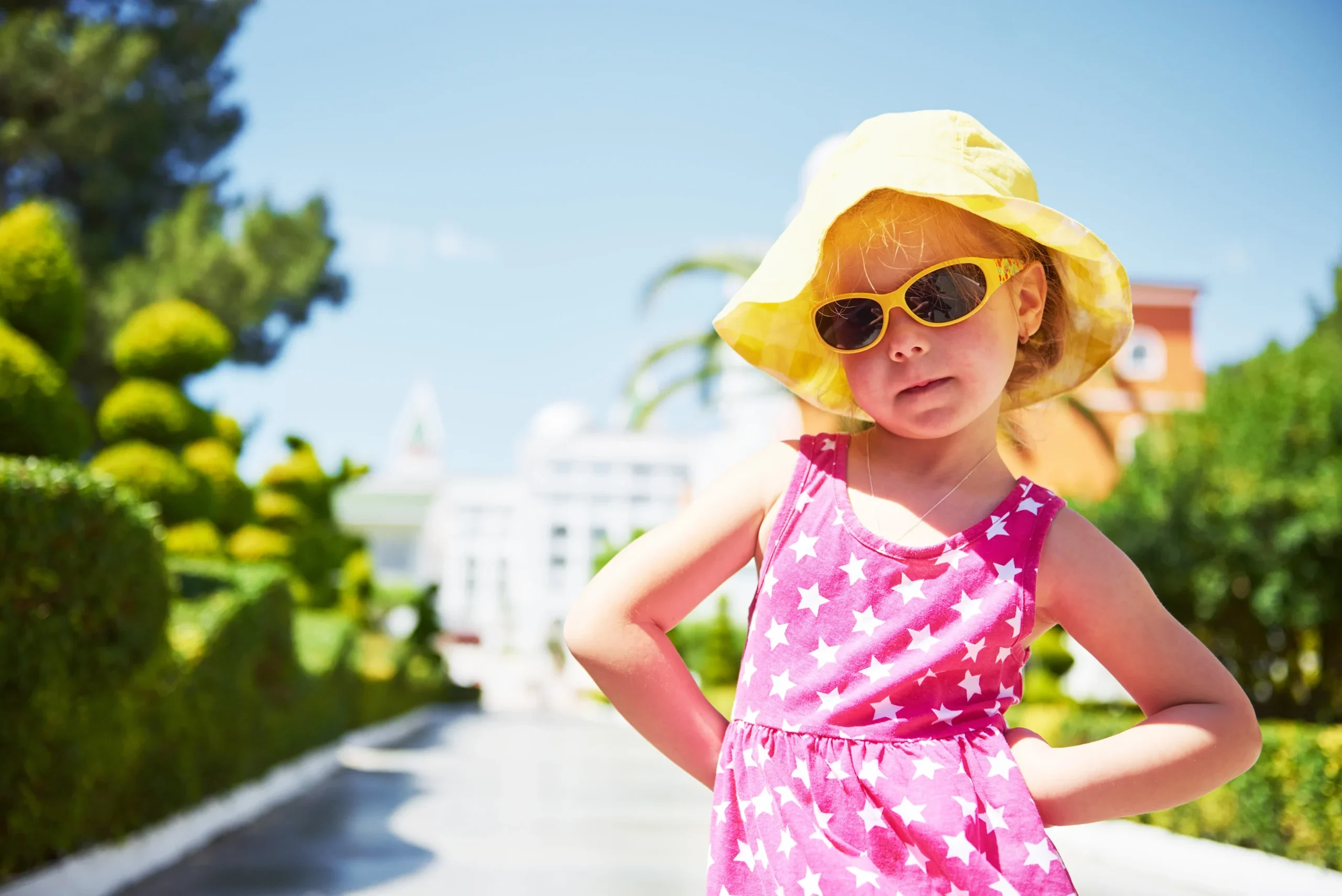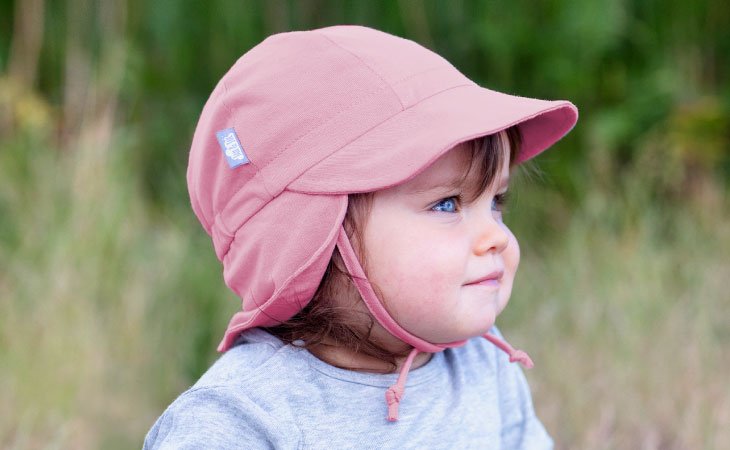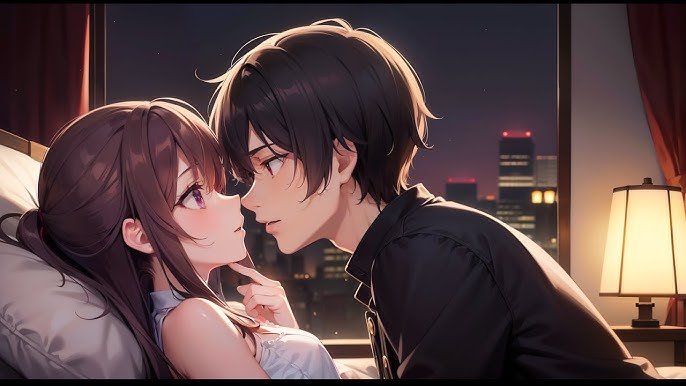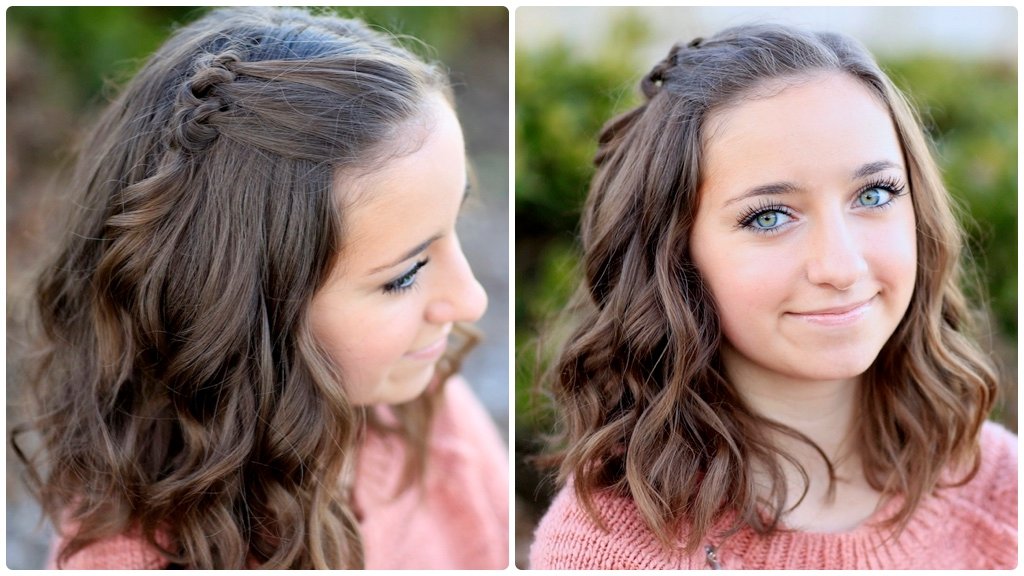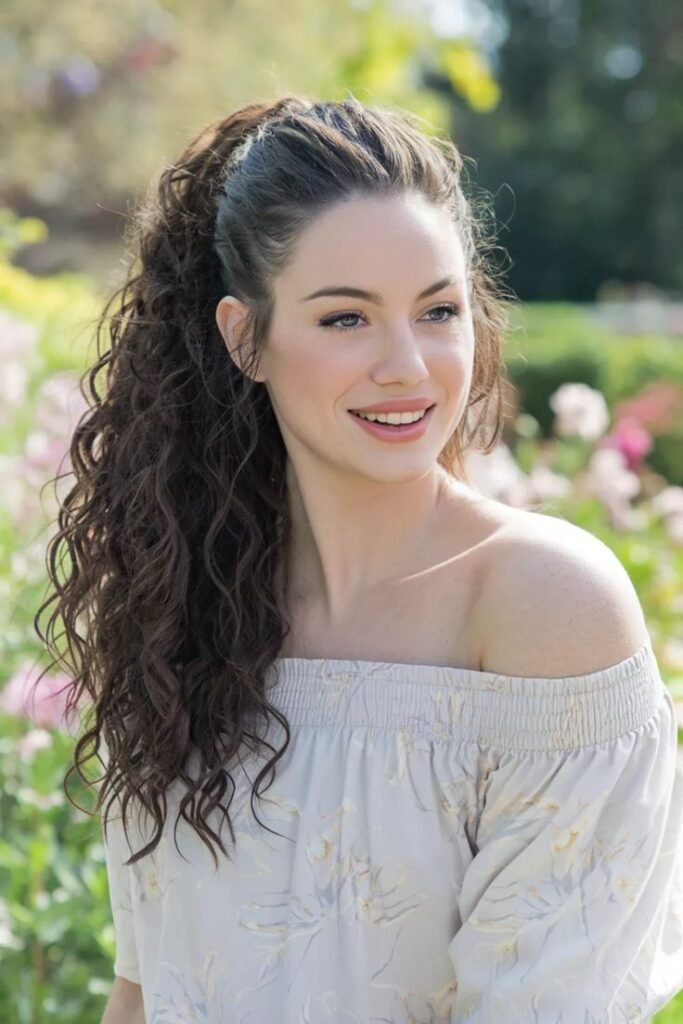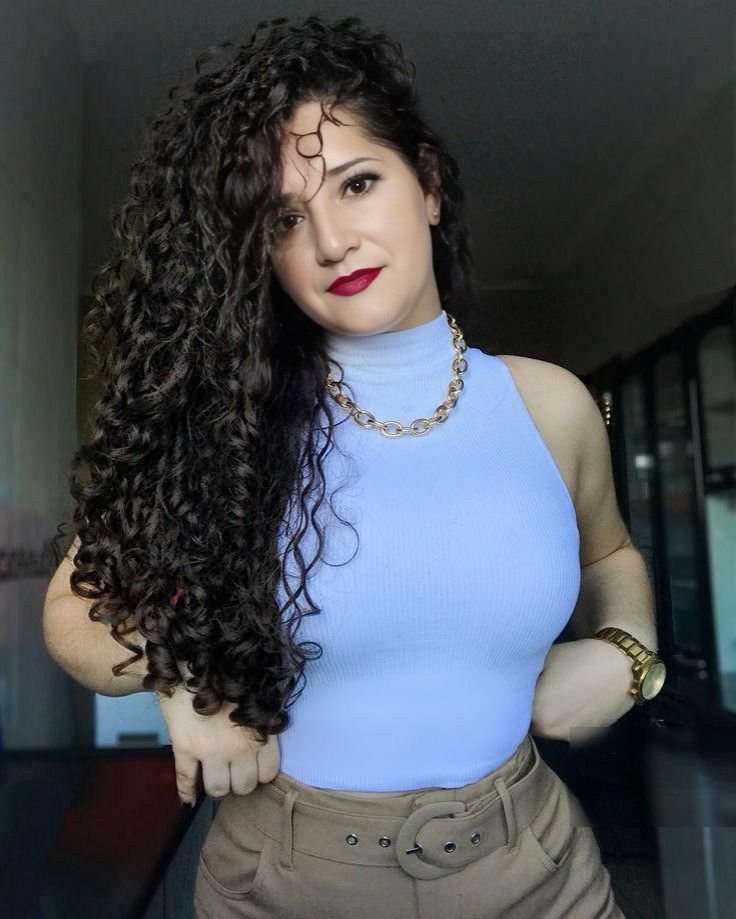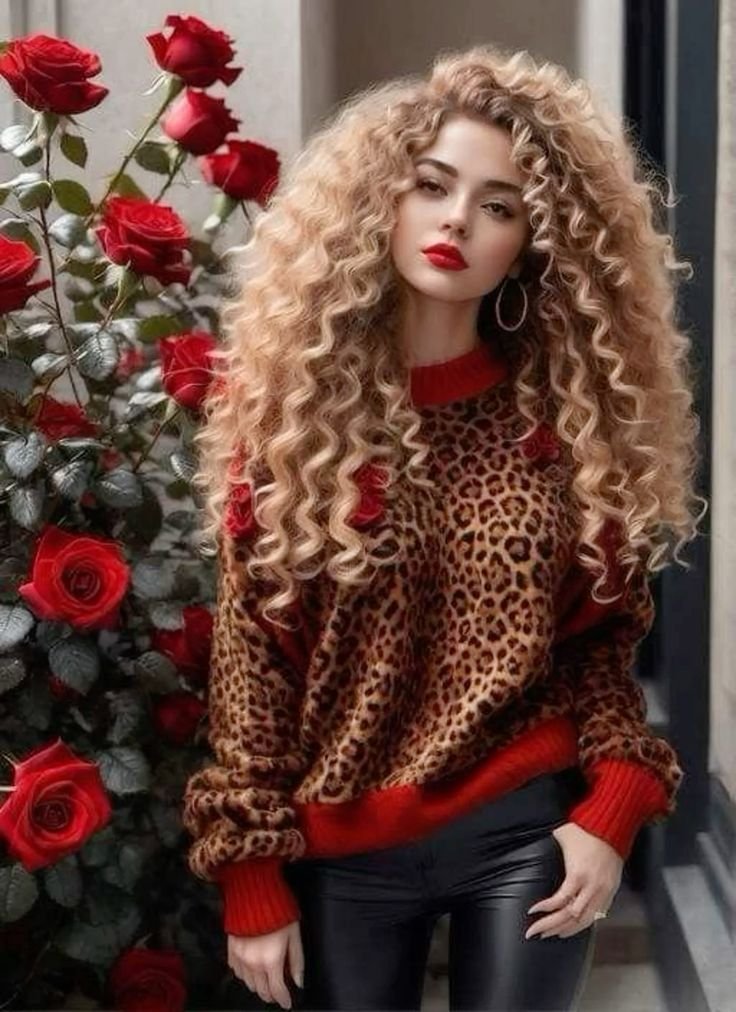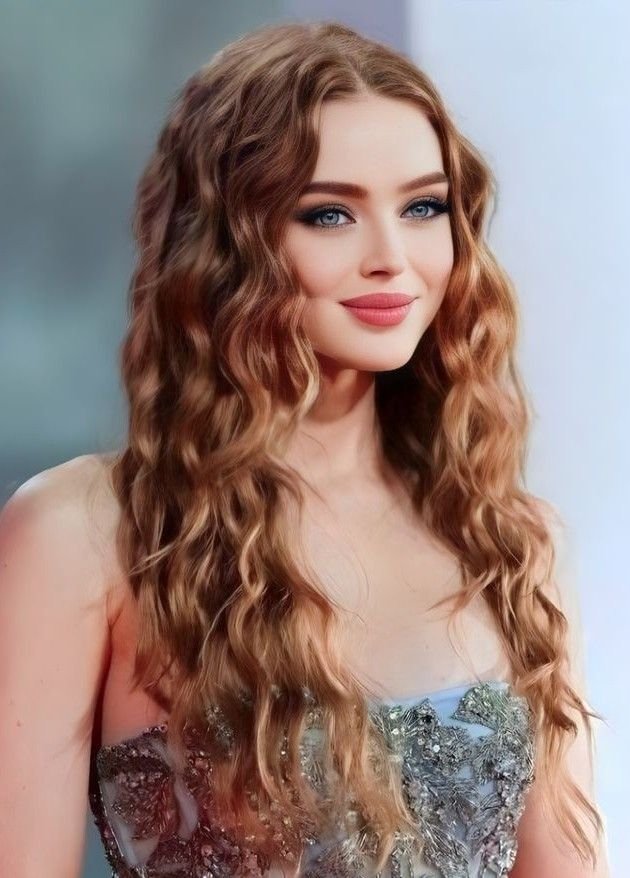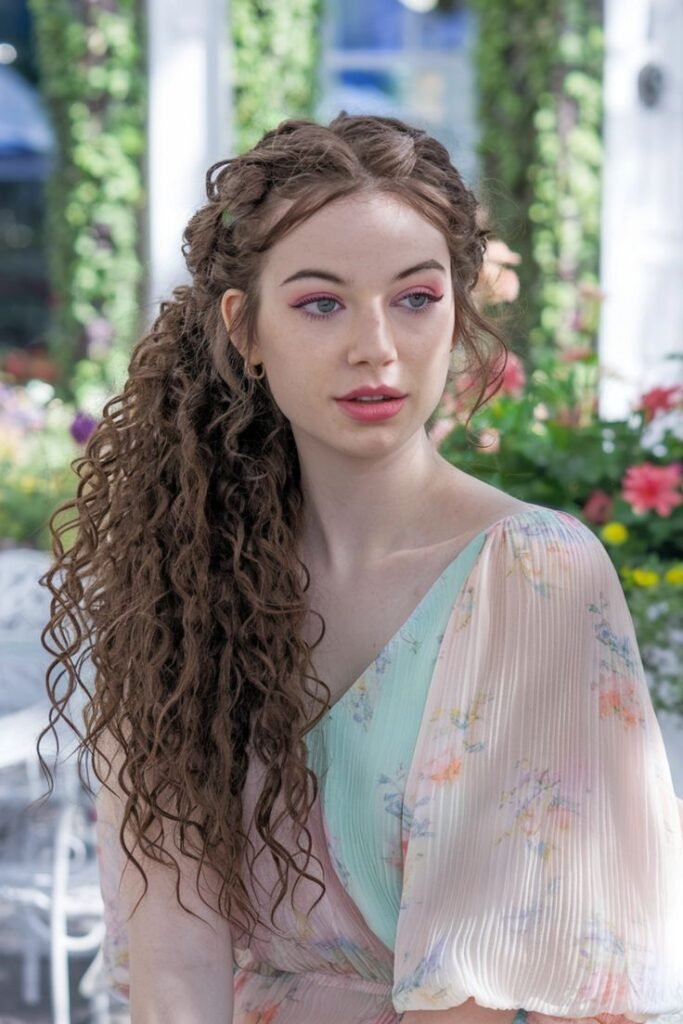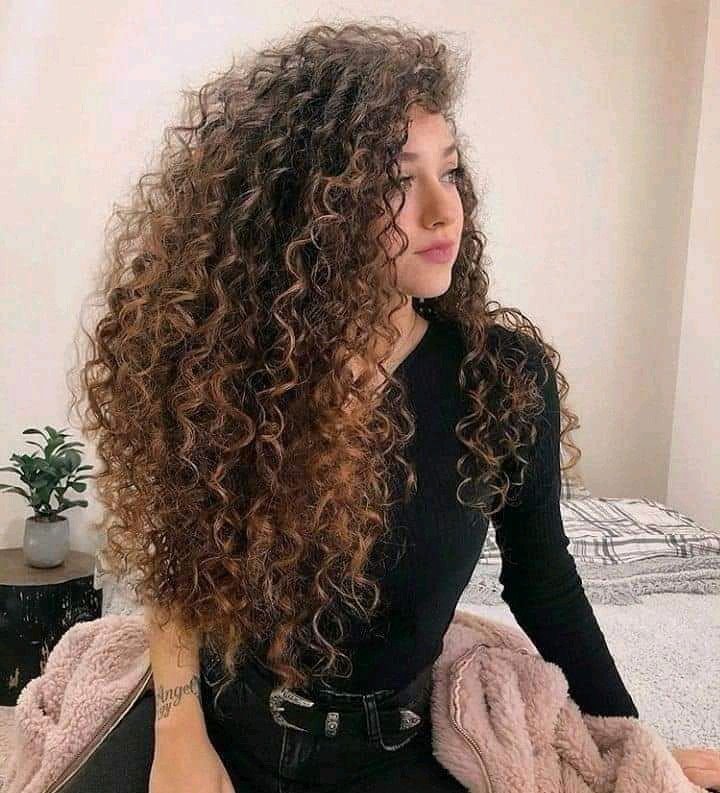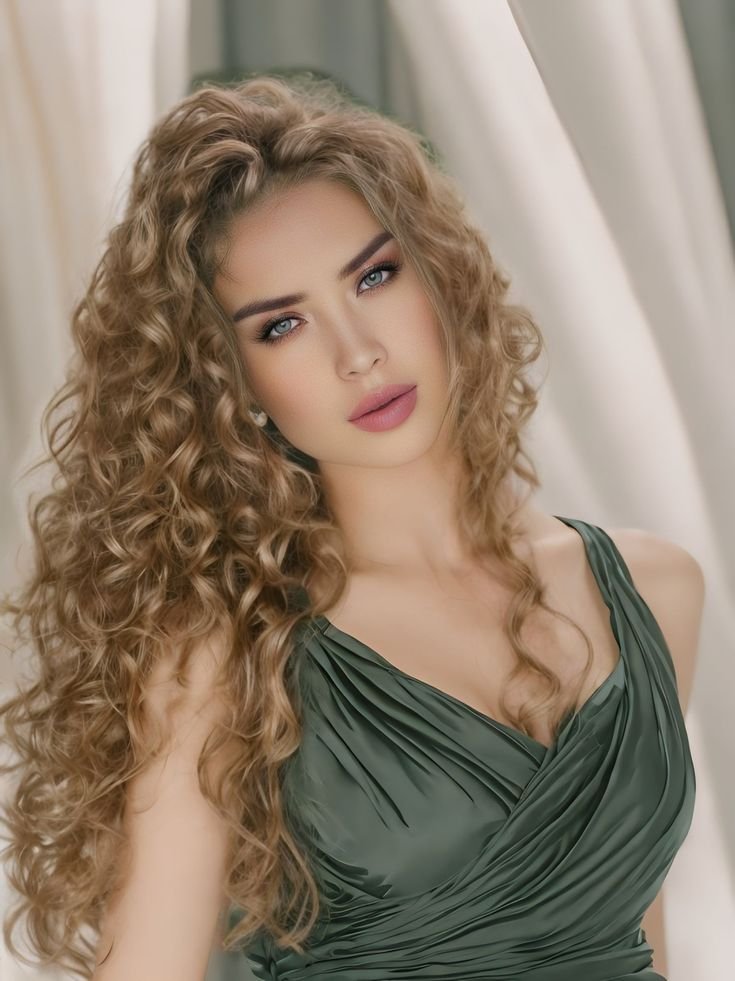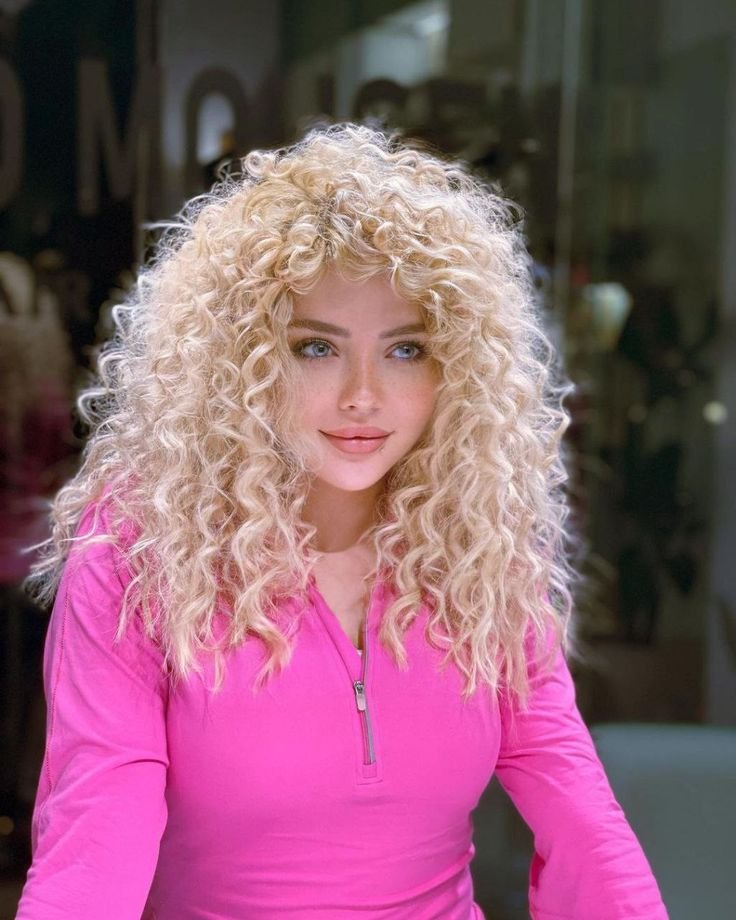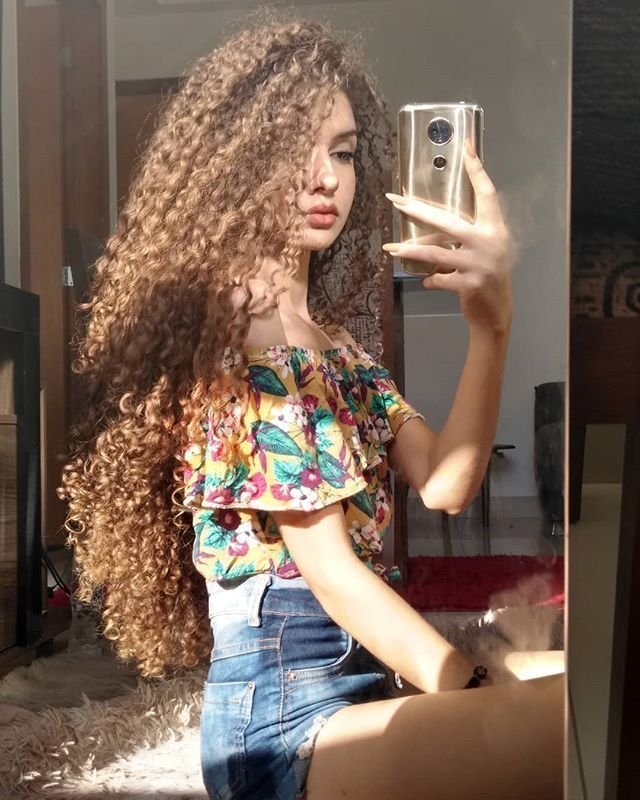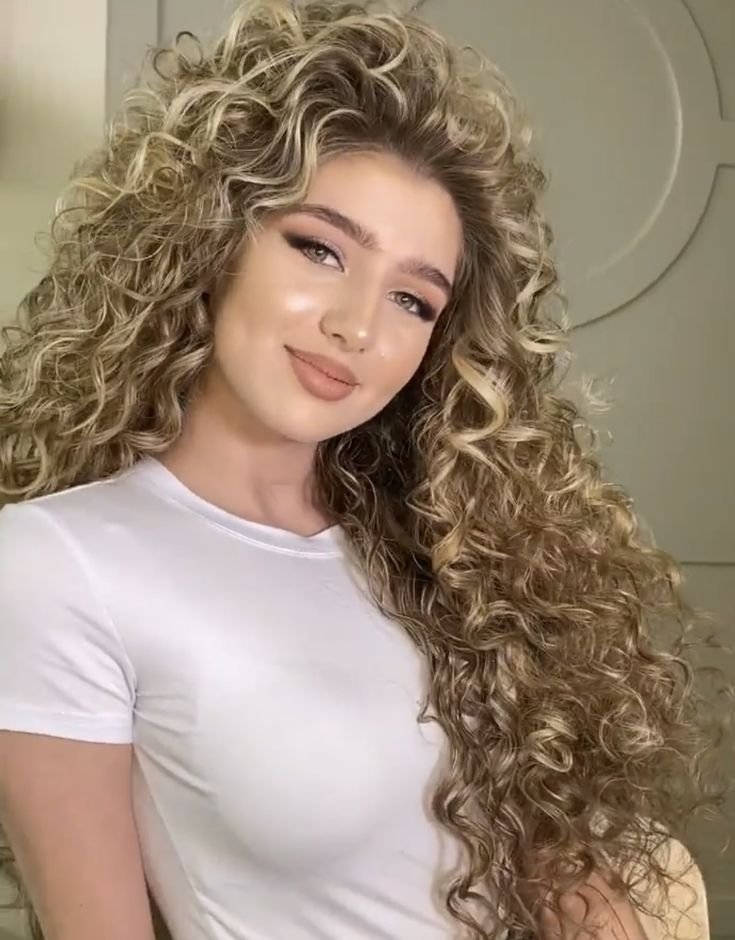Hair is more than just strands—it’s an expression of identity, culture, and creativity. For girls, hair plays a powerful role in defining personality and confidence. Whether you’re into long waves, bold cuts, or protective styles, your hair tells your story.
In this blog, we’ll explore popular hairstyles, essential care tips, and current hair trends every girl should know in 2025!
🌟 Popular Hairstyles for Girls
1. Long Layers

Timeless and elegant, long layers add movement and volume—perfect for both casual and formal looks.
2. Bob Cut

The bob has made a huge comeback. From blunt bobs to layered ones, it’s a chic choice for bold girls who love a low-maintenance yet edgy look.
3. Curtain Bangs

These face-framing bangs are soft, stylish, and incredibly versatile—suiting almost all face shapes.
4. Braids & Cornrows

Protective, trendy, and endlessly creative, braids are more than a style—they’re a legacy in many cultures.
5. Beach Waves

Effortless waves are always in. Whether created with heat tools or overnight braids, they’re great for everyday glam.
🧴 Essential Hair Care Tips

Every great hairstyle starts with healthy hair. Here are some must-know tips:
-
Don’t overwash. 2–3 times a week is enough for most hair types.
-
Use a satin pillowcase to reduce frizz and breakage.
-
Trim regularly to avoid split ends and promote growth.
-
Deep condition weekly for soft, hydrated hair.
-
Heat protectant is a must! Always apply before straightening or curling.
-
Scalp care matters. Use gentle scrubs or oils to keep your scalp healthy and flake-free.
✨ Trending Hair Colors in 2025

Want to spice up your style? These hair colors are turning heads this year:
-
Soft Pastels: Think lilac, rose pink, and baby blue. Subtle but dreamy.
-
Honey Blonde: A warm tone that flatters many skin tones.
-
Chocolate Brown Balayage: A rich, natural blend with soft highlights.
-
Bold Burgundy or Red: For those who love making a statement.
-
Face-Framing Highlights: Add brightness without full color.
🧘♀️ Hairstyles Based on Hair Type

Straight Hair
-
Go for sleek ponytails, layered cuts, or bobs. Add volume with dry shampoo at the roots.
Wavy Hair
-
Embrace the natural texture with leave-in conditioner or curl creams. Beachy waves work best.
Curly Hair
-
Moisture is key! Use a diffuser when drying and avoid brushing dry curls.
Coily/Kinky Hair
-
Protective styles like twists, braids, and buns keep it healthy. Regular oiling helps retain moisture.
💡 Quick Hairstyles for Busy Mornings

-
Messy Bun with Scrunchie
-
Half-Up Braided Crown
-
Low Twisted Bun
-
Sleek High Ponytail
-
Side Braid with Hair Clips
Perfect for school, college, work, or a spontaneous selfie!
💖 Final Thoughts
Your hair is your crown—and every girl deserves to wear it with confidence. Whether you’re rocking natural curls, experimenting with vibrant colors, or keeping it simple with a ponytail, the key is to take care of it and embrace your unique texture and style.
Because when your hair feels good, you feel unstoppable.

